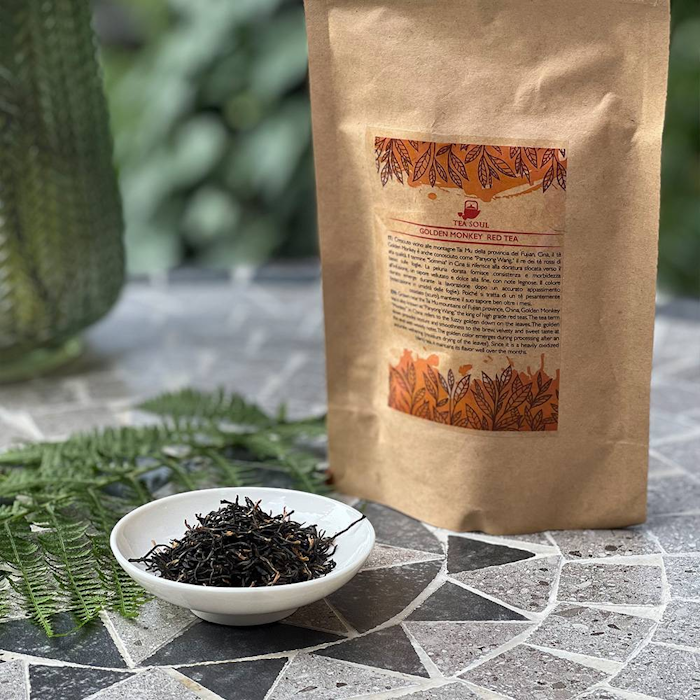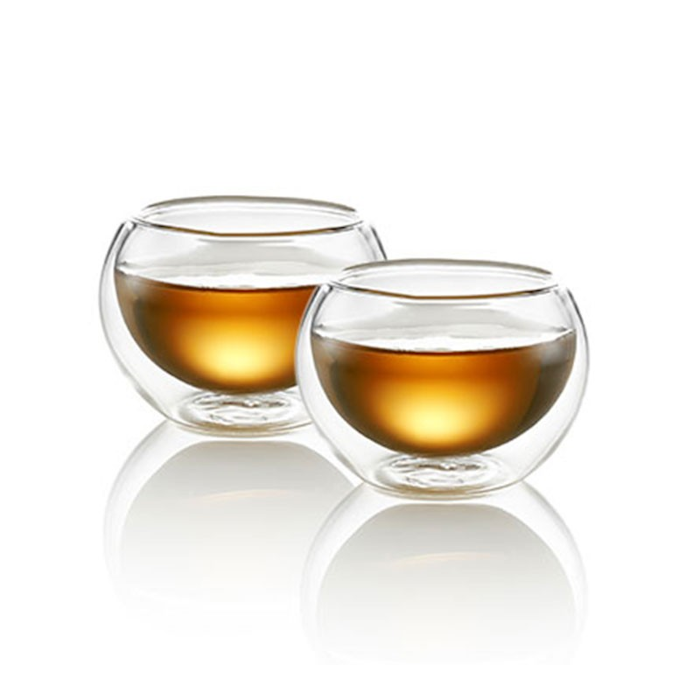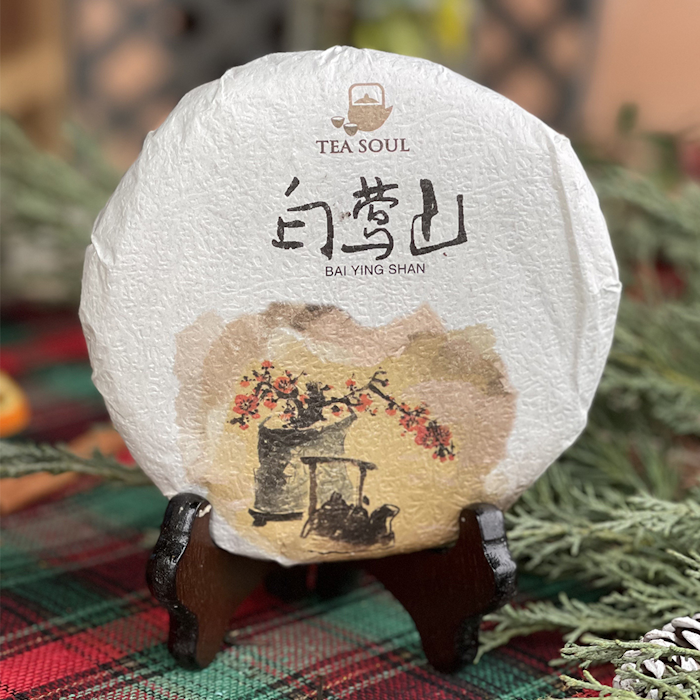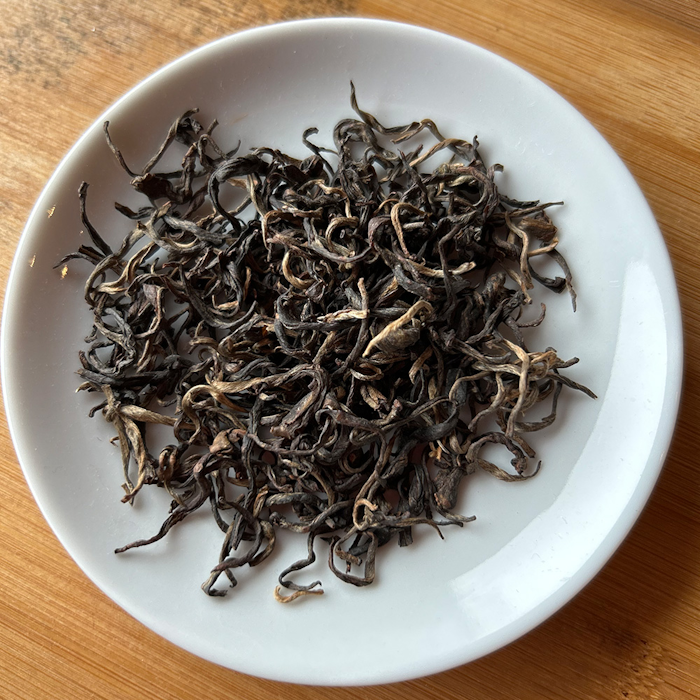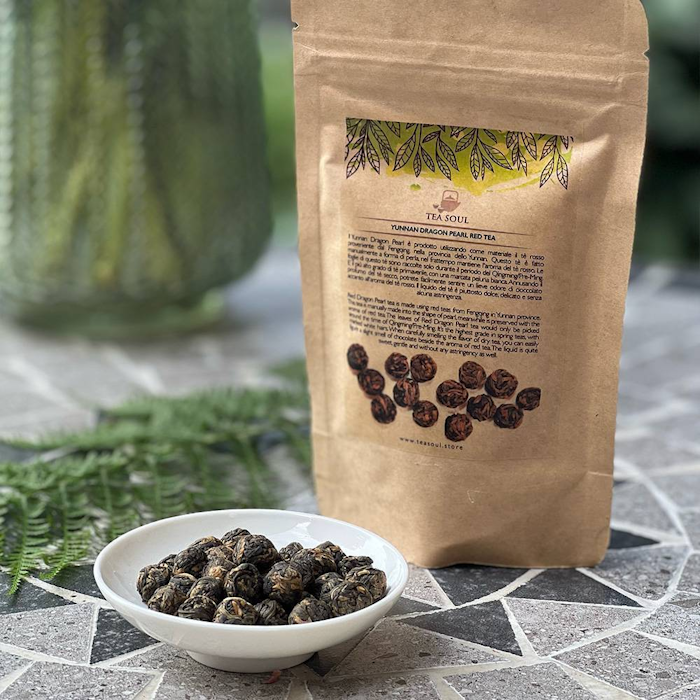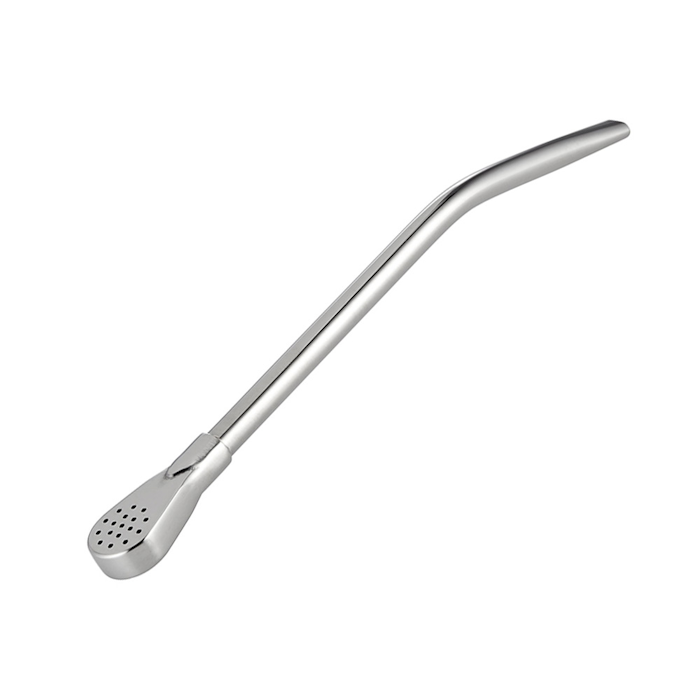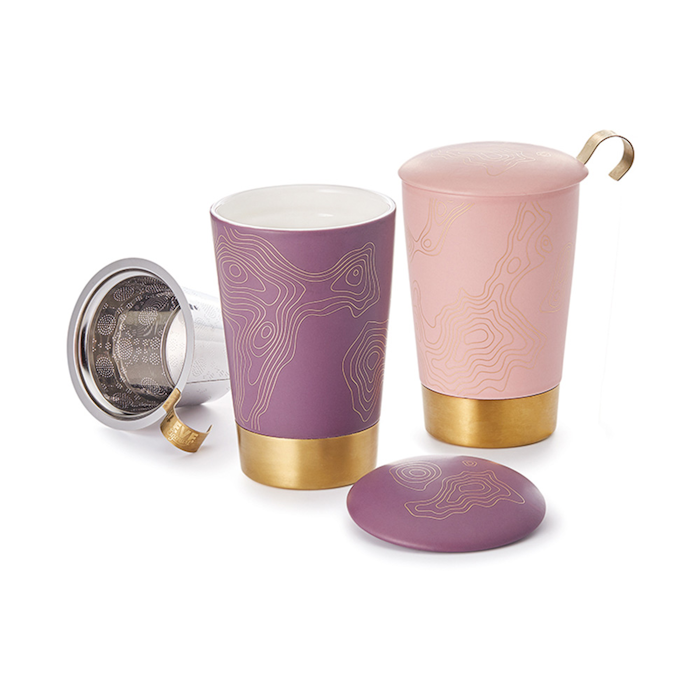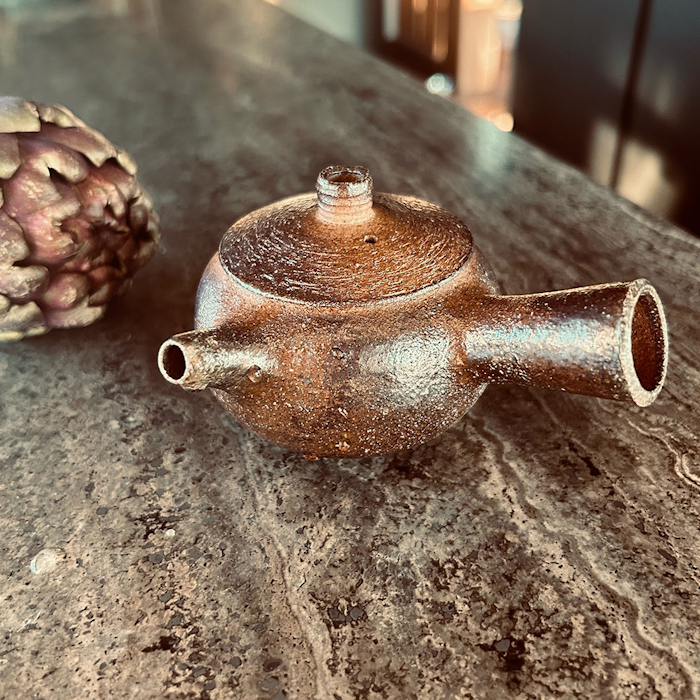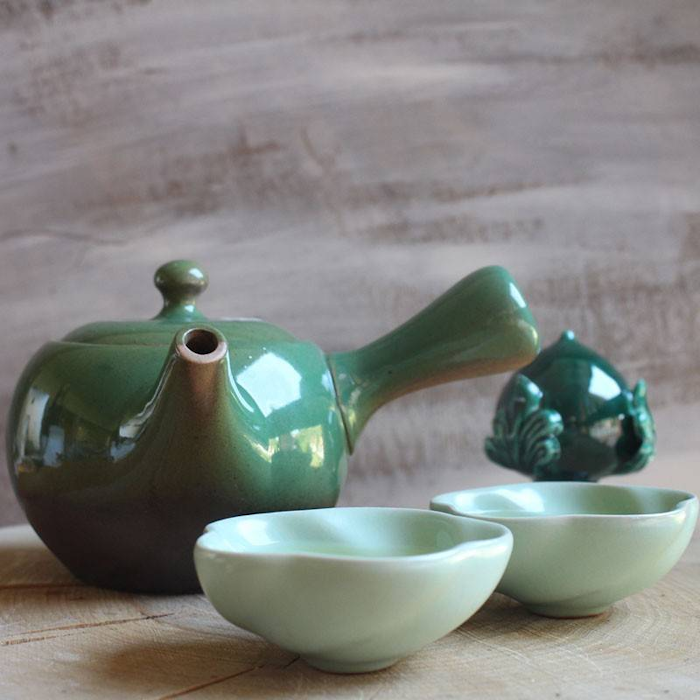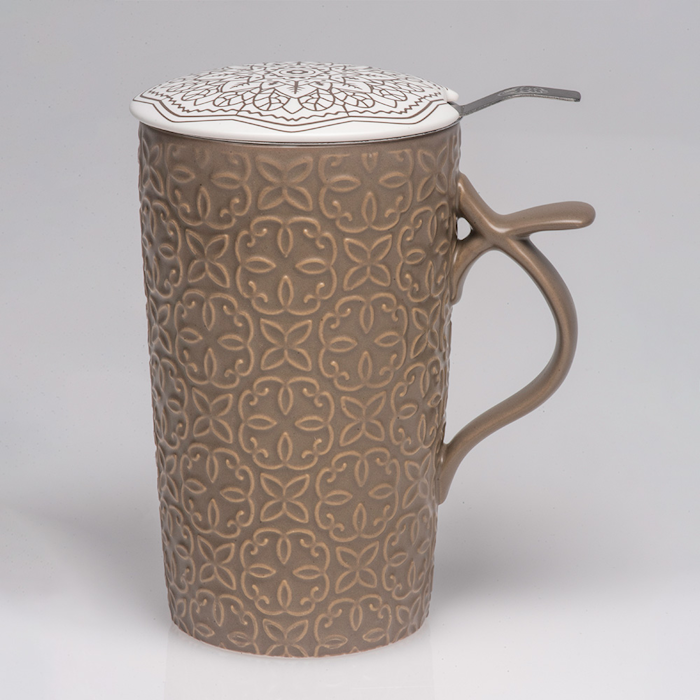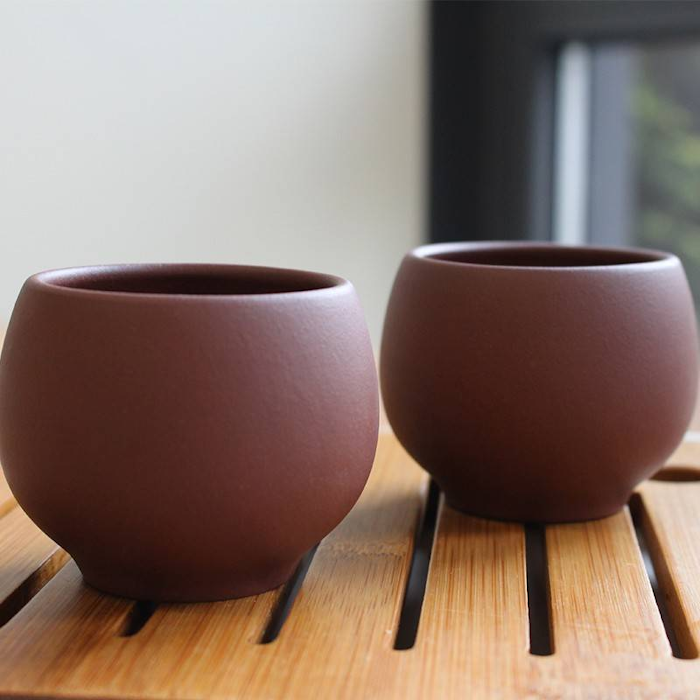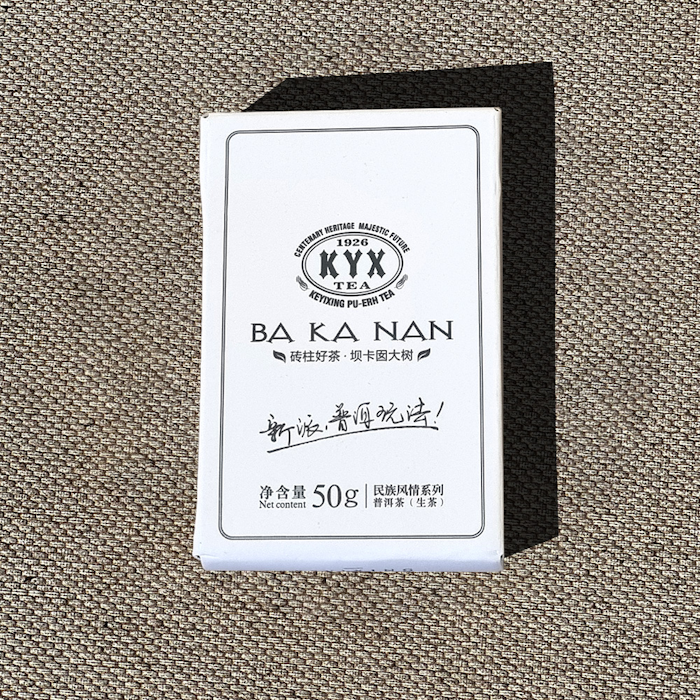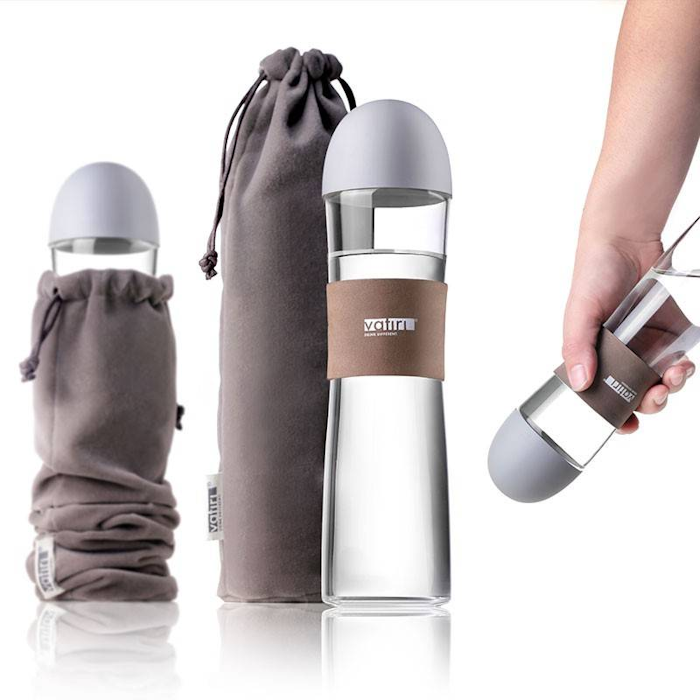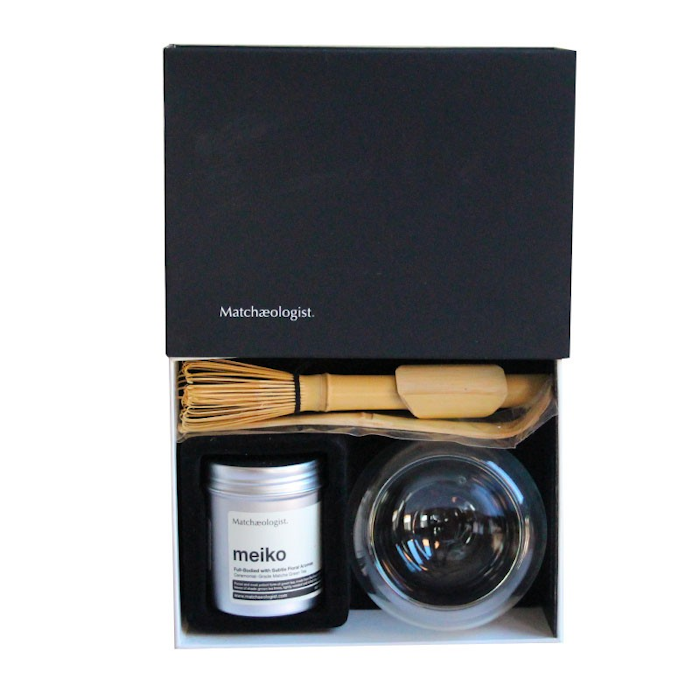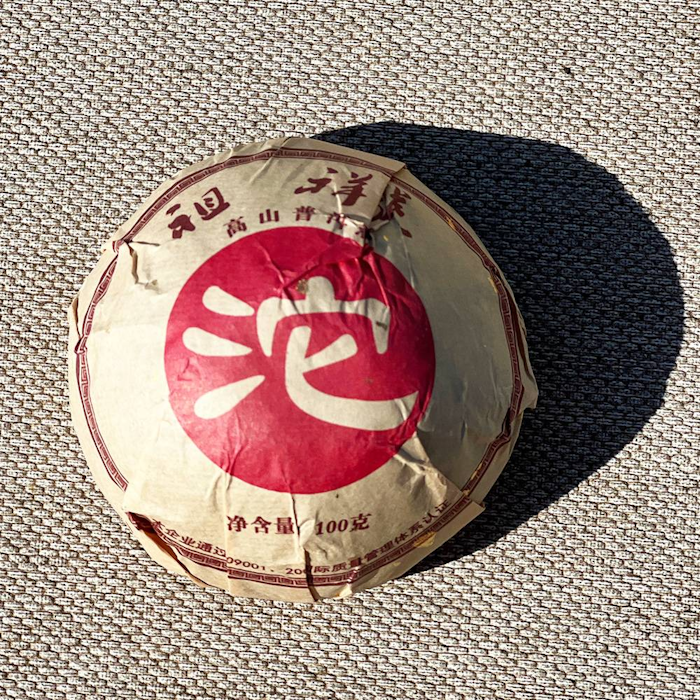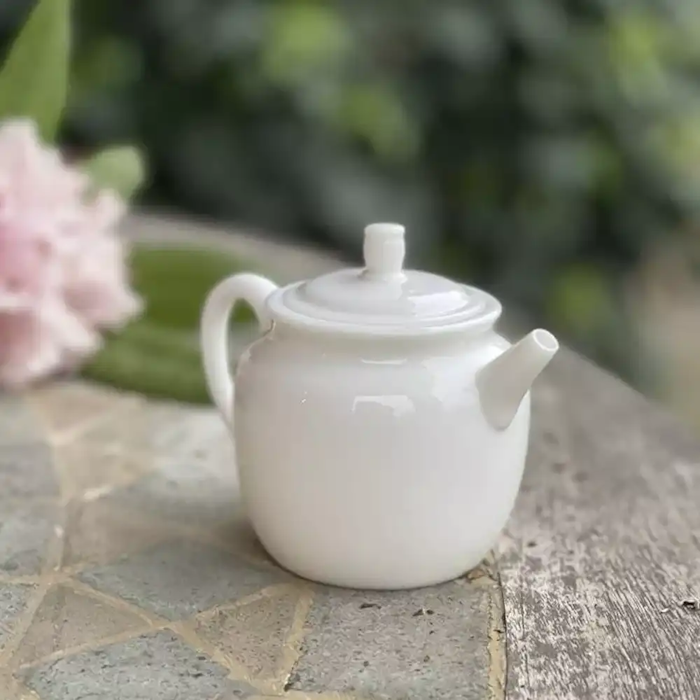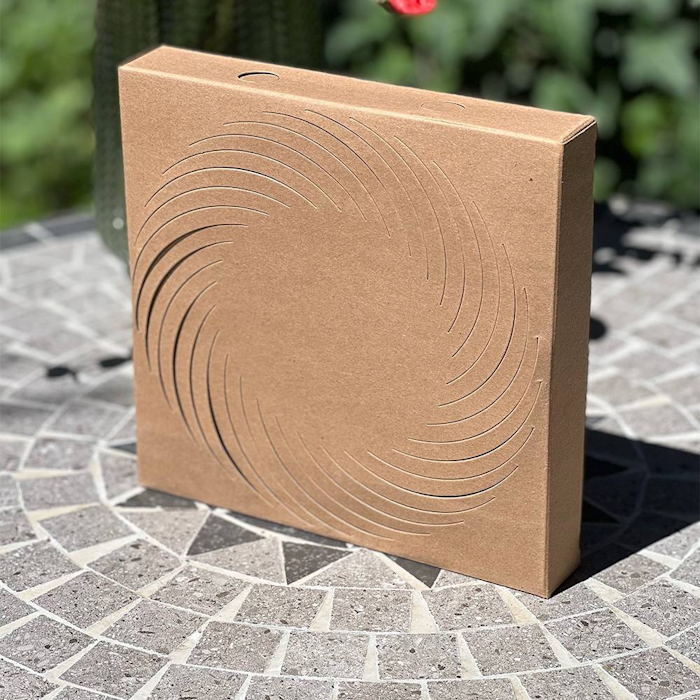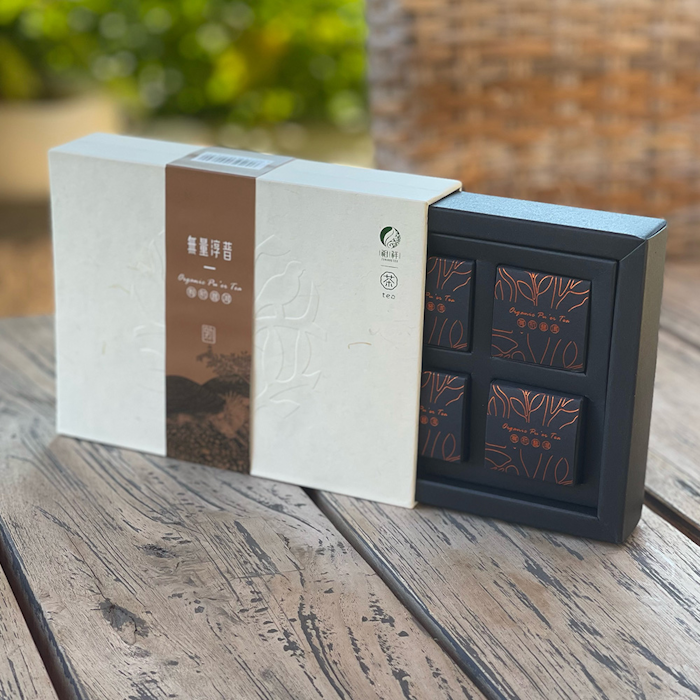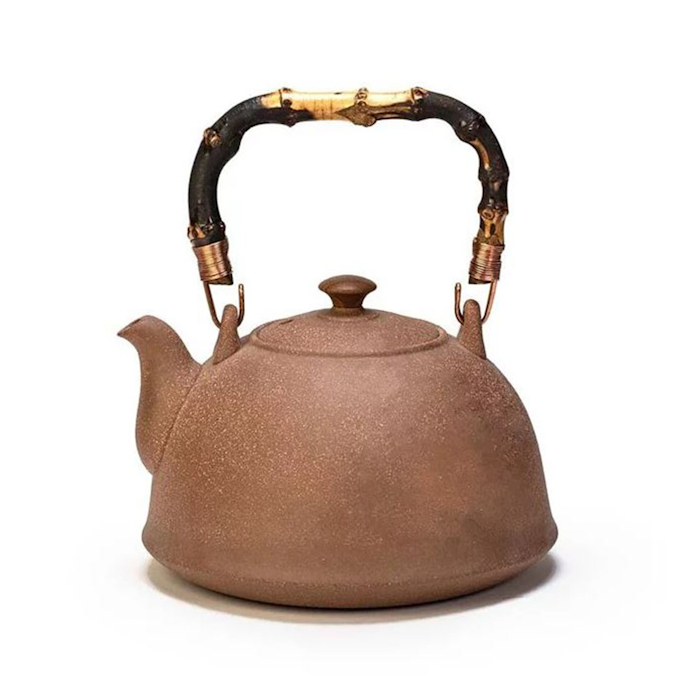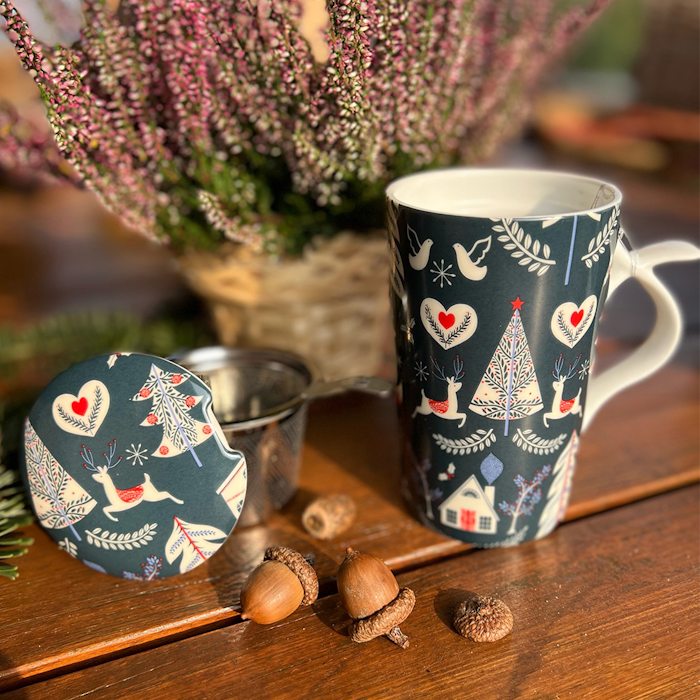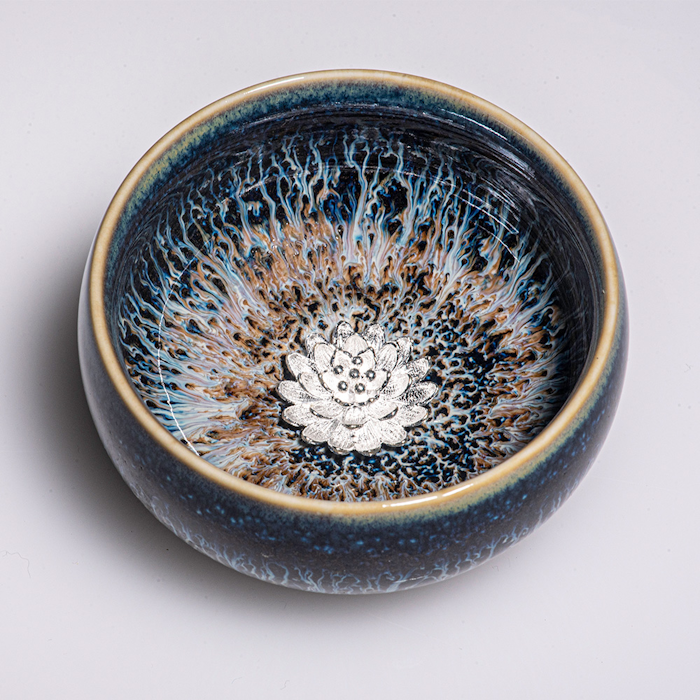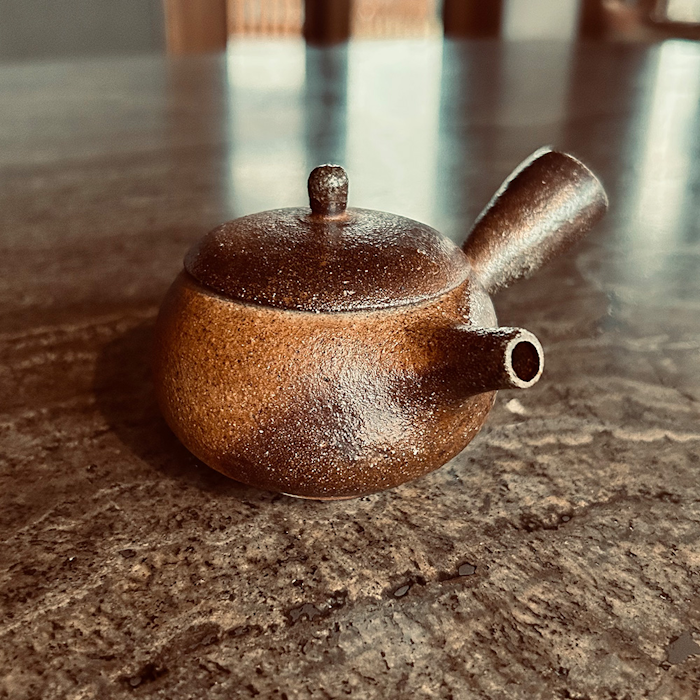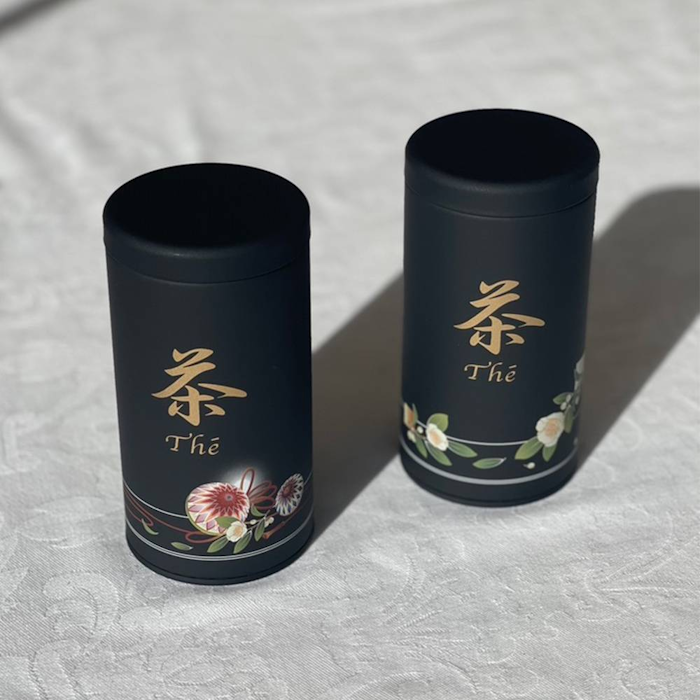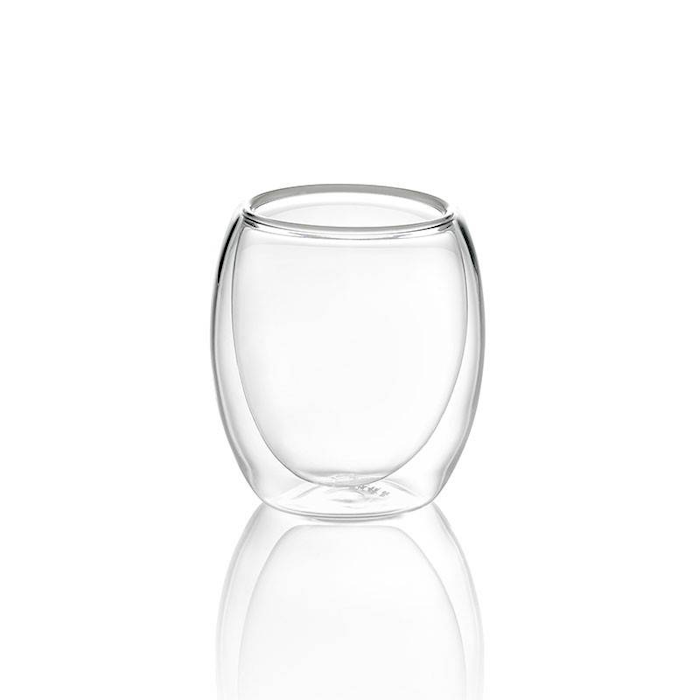The Huang Mei Gui is a rock oolong whose name can be translated as "yellow rose." This name originated fairly recently, as this product only saw the dawn of its production in 2002. Prior to this date, the cultivar of this tea was perfected and grown on the rocky soil of the Wuyi Mountains, where today it is made capable of entering the market by right along with other more famous varieties such as Shui Jing Gui, The Tie Luo Han, Shui Xian, etc.
This product sees its aromatic and floral characteristics stand out a lot compared to other yancha partly due to a lower than average level of oxidation. The roasting is also often carried out in a lighter manner, resulting in a slightly acidic flavor that together with the floral notes will linger on the palate leaving a very rich aftertaste.
Obviously throughout the tasting you will clearly feel the mineral effect given by the soil that will give the body of the tea a lot of smoothness and also increase the persistence of the flavors described above. We encourage you to infuse this tea using the gong fu cha method in order to fully appreciate the complexity and interactions that these flavors can manifest on the palate.
Tasting - Sight and Smell
Huang Mei Gui oolong tea has medium to large whole leaves, a rolled shape and brown color with brown hues and mahogany highlights. Once infused, the leaves release intense aromas of flowers, roasted almonds, burnt caramel, cocoa butter and bread crust. In the cup, the liqueur is bright and clear, dark orange in color with amber highlights.
Tasting Notes
GONG FU CHA
The first infusion of Huang Mei Gui oolong tea has distinct floral notes of orchid, sweet hints of brown sugar, and a fruity finish reminiscent of the tropical, with notes of coconut and fresh pineapple. With the second infusion, the intensity of the floral notes grows, to which orange blossom and monoi flowers are added. A citric note also appears, perceived on the sides of the tongue, which amplifies the sensation of freshness given by the flowers. Soft, sweet hints of coconut butter and black bread close. With the third infusion, the tart note disappears to give way to sweet, enveloping hints of cocoa and roasted nuts, such as almonds and hazelnuts. The tea definitely remains floral, with faint notes of vanilla sugar and a hint of coconut on the finish.
TO THE WEST
The first sip of Huang Mei Gui oolong tea envelops the palate with the softness and sweetness of cocoa and roasted nuts. Immediately thereafter, flowers are perceived, with intense notes of orchid and aquatic flowers and exotic notes of monoi. The evolution on the palate leads right on tropical hints, with fruity notes such as coconut, pineapple and kiwi and a very slight acidic note on the sides of the tongue. On the finish, notes of black bread crust and caramel emerge, while floral and faintly vanilla hints linger on the persistence. The tea has a medium body and is totally free of bitterness, with minimally detectable astringency.
Location of Origin
Wuyi Shan, Fujian - China
Production
After harvesting, Huang Mei Gui leaves wither in the sun for some time before moving to a resting phase on indoor bamboo trays. From there, oxidation is initiated through a manual massage of the leaf that is performed by the master brewer. Once the tea reaches the desired level of oxidation (here there is approximately 45 percent oxidation) the leaves pass into a charcoal-heated kiln where enzyme activity is stopped. After this stage in the kiln, the leaf is given its final shape by special machinery before moving on to the leaf roasting cycles that allow the product to finish drying and enhance its flavors.
Preparation
We strongly recommend infusing Huang Mei Gui tea in the traditional Chinese method (gong fu cha) to best enjoy these leaves. Following this preparation, 6 grams of leaves (about 4 teaspoons) can be used in a gaiwan of about 100 ml to obtain multiple infusions with different tastes. After a quick rinse of the leaves in water at 100°C, an initial infusion of 10 seconds can be made, after which, keeping the water at the same temperature, the time can be increased each time by 5 seconds from the previous infusion (10 - 15 - 20 ...)
This tea has a longevity of about 7 infusions.
For a classic preparation according to the Western style, we recommend 3 grams of leaves (about 2 teaspoons) in a 150 ml cup with water at 100°C for an infusion time of one and a half minutes.
The tea can be filtered for ease when tasting and also the infusion times given above here are meant to be purely indicative so you can also adjust according to your personal taste.
We recommend storing in a cool, dry place away from direct sunlight.








